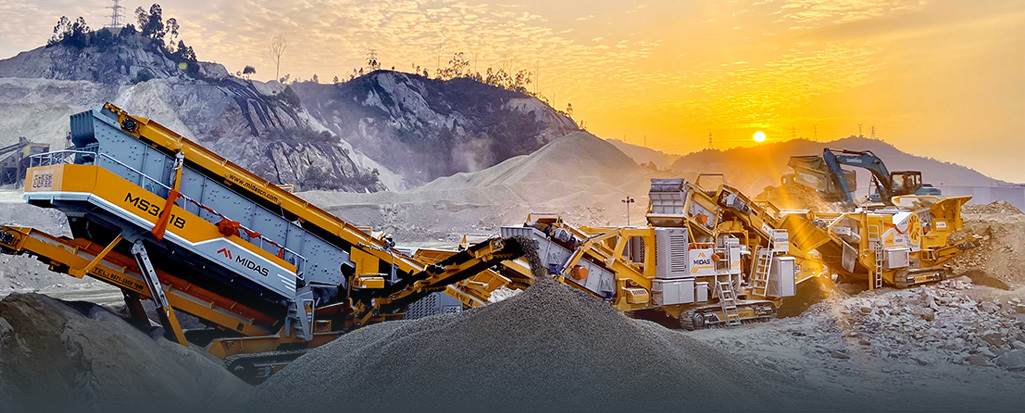How to choose crawler mobile crushing station for hard rock crushing?
【Summary Description 】In the processing of machine-made sand and gravel, it is very important to master the properties of the source rock, such as the physical and mechanical properties of the rock, the mineral composition, the chemical composition and the processing performance index of the rock.
In the processing of machine-made sand and gravel, it is very important to master the properties of the source rock, such as the physical and mechanical properties of the rock, the mineral composition, the chemical composition and the processing performance index of the rock. The main understanding is the crushing work index and the abrasiveness index, which are important reference indicators for the initial equipment selection, subsequent production and processing, and maintenance of sand and gravel equipment. Simply put, it is the crushability and abrasiveness in the rock processing performance.
1. Crusher of rock
The crushing work index WI is usually used to characterize the crushability of the rock, which is closely related to the chemical composition of the rock, the development of joints (which can also be understood as cracks in the rock), and the crystallization state. For example, hard quartzite is difficult to crush, while limestone is much easier. The crushability of the rock affects the discharge particle size of the crushing equipment, and then affects the equipment selection. Generally, according to the range of the crushing work index, the crushability of the rock is classified as: 1422, which is very difficult to crush. Medium crushable limestone is used more in daily civil construction. Common hard rocks in hydropower projects include deep-seated igneous rocks (such as granite, syenite, diorite) and erupted igneous rocks (such as basalt and diabase). Typical hard rock index commonly used in sand and gravel processing.
2. Rock abrasiveness
The abrasiveness of rocks is usually measured by abrasiveness index AI and SiO2 content, which is related to factors such as the hard mineral content of the rock (SiO2, orthoclase, etc.), crystal structure, raw material size, and rock compressive strength. The abrasiveness of rocks mainly affects the life and wear cost of wear-resistant parts during the operation of the equipment, so rock abrasiveness is an important parameter for determining equipment selection. According to the rock abrasiveness index, the rock abrasiveness is classified as: 0.40.8, which is relatively high in abrasiveness.












